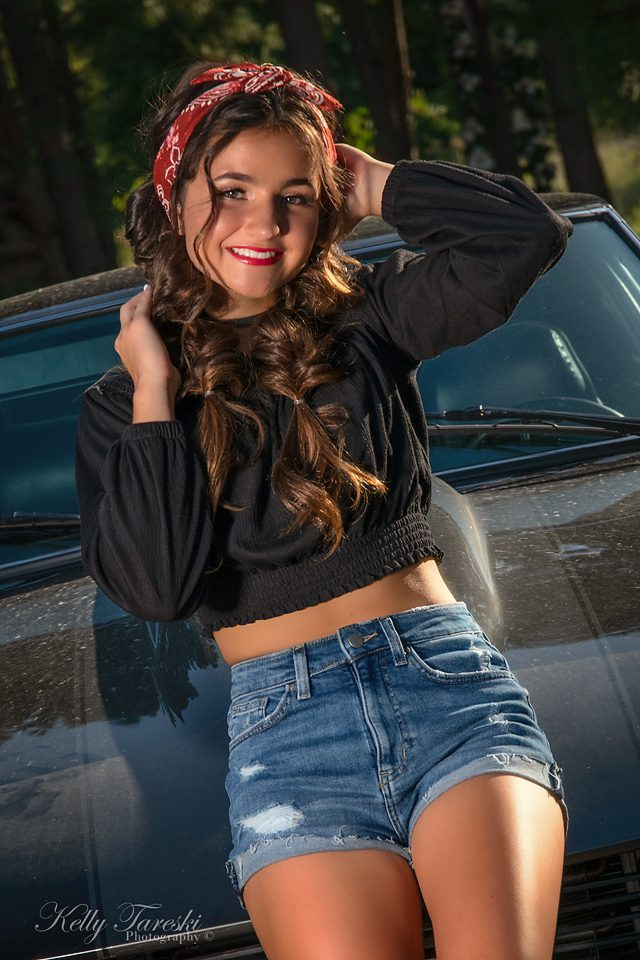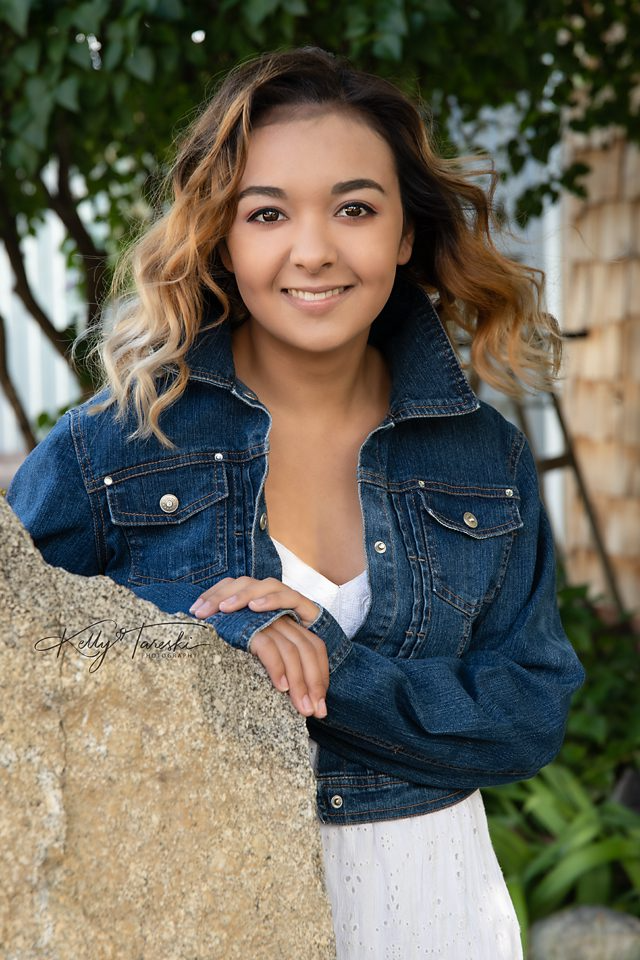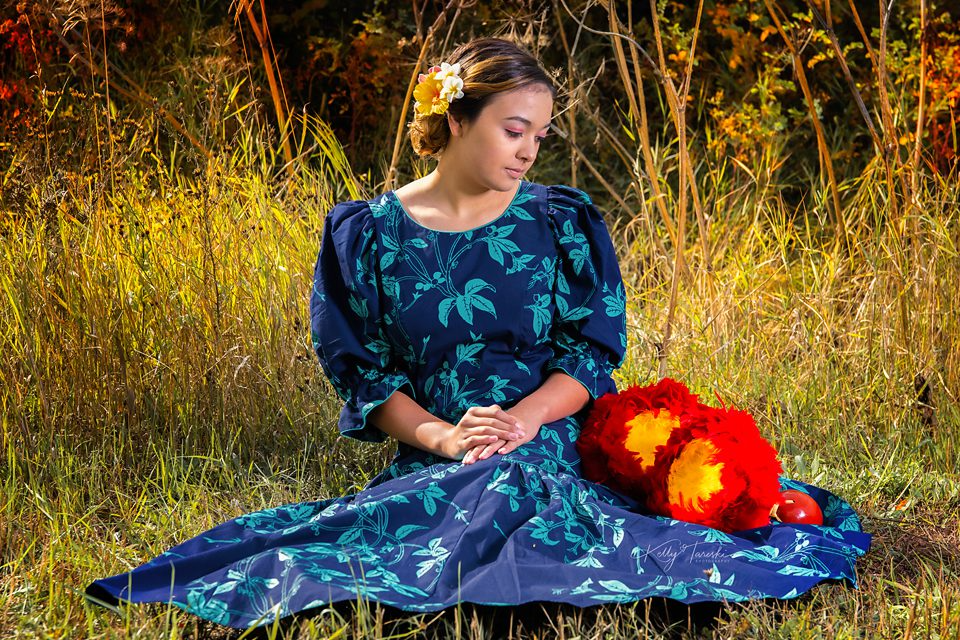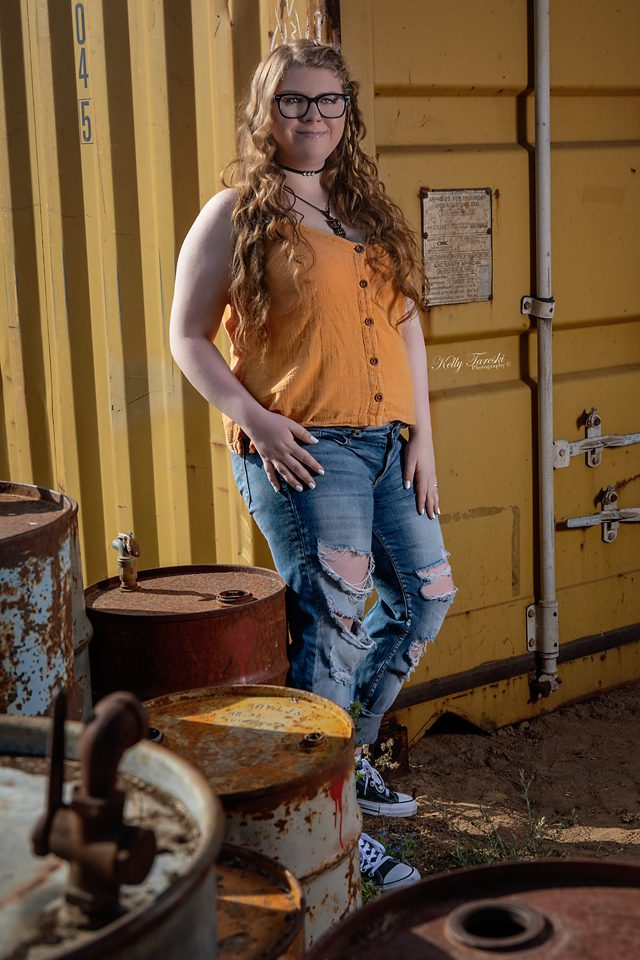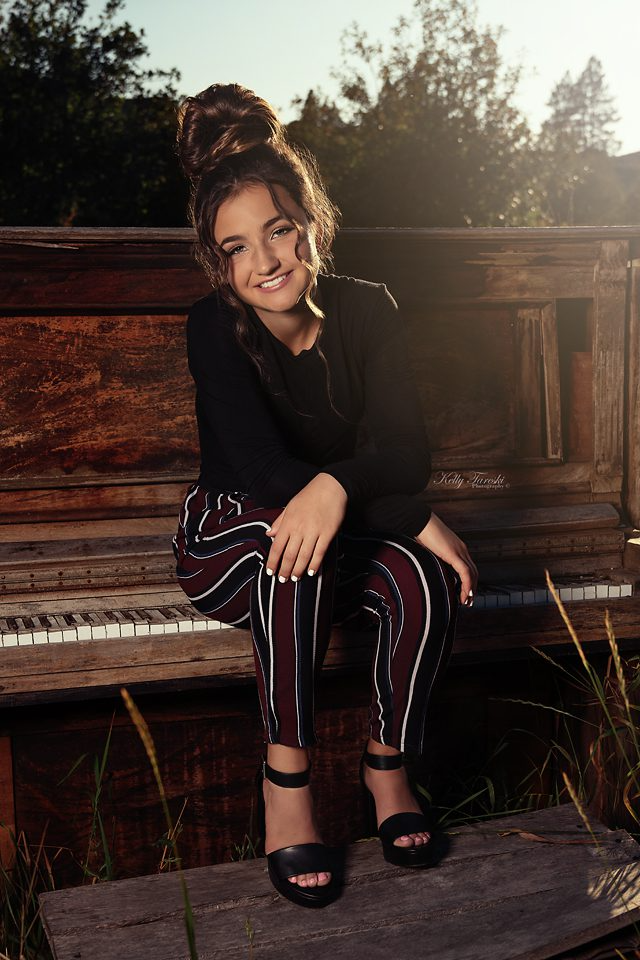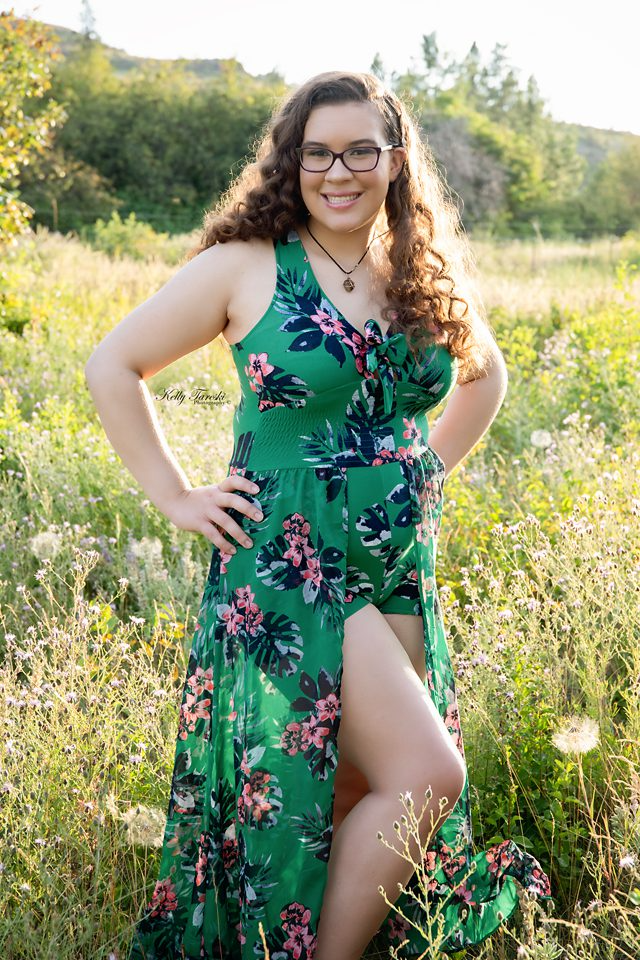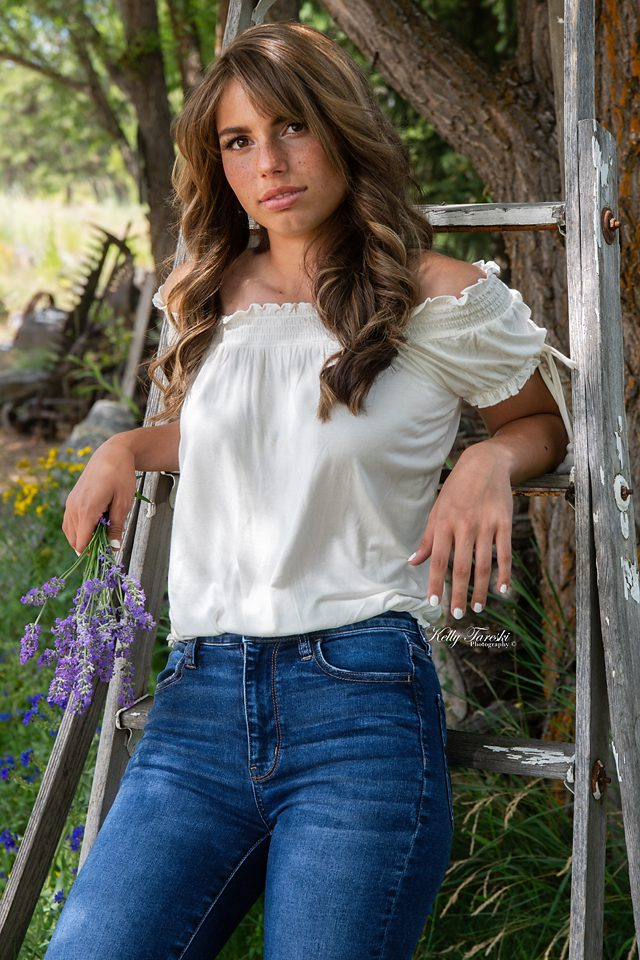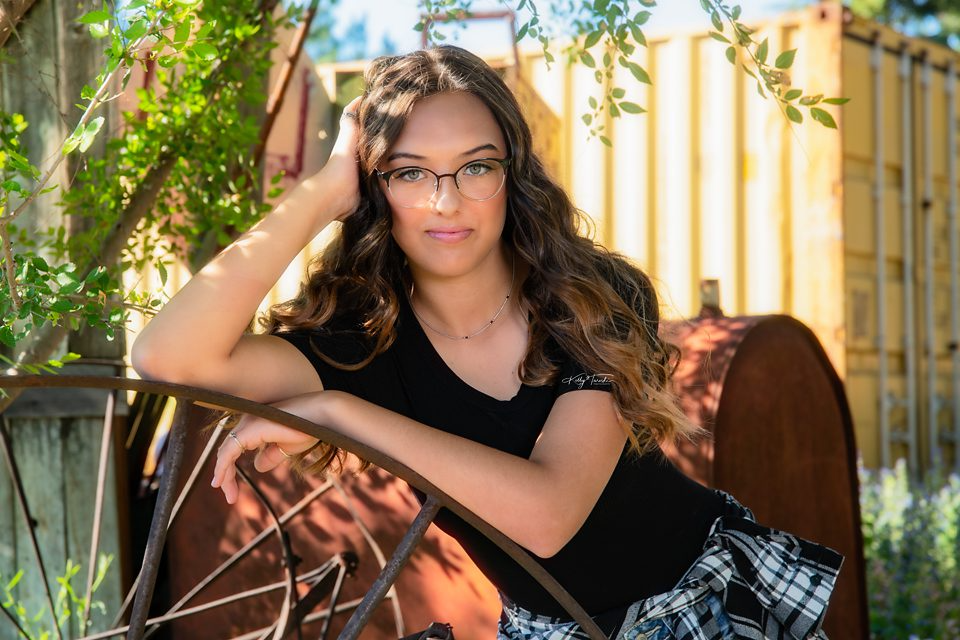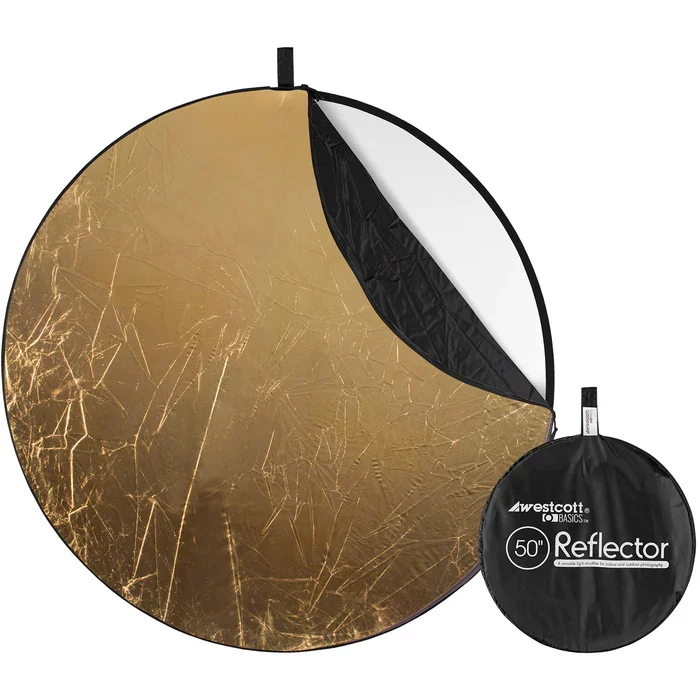
Using a Bounce Light Reflector for Outdoor Photography
Let's Roll!
Hey everyone, it’s Kelly from Kelly Tareski Photography! One of the things that I love about photography is that there is always something new to learn, no matter how long you’ve been doing it. Today, I wanted to share with you one of my favorite techniques for outdoor photography - using a bounce light reflector. If you’re not already familiar with this technique, don’t worry! I’ll go through how to use it effectively and get the best results.
What is a Bounce Light Reflector?
So, what is a bounce light reflector, and how does it work? Essentially, it’s a tool that photographers use to redirect light onto a specific area or subject. The reflector is usually a circular, collapsible disk, with one side being a reflective surface and the other side often being a diffuser. The reflective side is used to bounce light onto the subject, while the diffuser is used to soften harsh light.
Which Direction?
The first thing to consider when using a bounce light reflector is the direction and quality of the light you’re working with. Ideally, the light source should be behind you, lighting up the scene while you use the reflector to bounce light onto your subject. If the light is too harsh, the diffuser side can be used to soften it. Similarly, if the light is too dim, the reflective side can be used to add more light.
Positioning
One of the most important things to remember when using a bounce light reflector is to position it correctly. You want to make sure that the reflected light hits your subject in a way that complements and enhances their features. Some people recommend angling the reflector at a 45-degree angle, while others suggest using it straight on. Ultimately, it comes down to what works best for your specific shot and subject.
The temperature of the Light
Another thing to keep in mind is the color temperature of the light you’re bouncing. Some reflectors come with different colored surfaces, such as gold or silver, which can create different effects on the light. Gold surfaces tend to create a warm, golden light, while silver surfaces create a cooler, more blue-toned light.
Practice, Practice, Practice
Finally, practice makes perfect! Don’t be discouraged if your first few attempts with a bounce light reflector don’t come out as expected. Experiment with different angles, distances, and surfaces until you find what works best for you and your subject.
That's a Wrap!
And there you have it, my top tips for how to effectively use a bounce light reflector for outdoor photography. Using a reflector can take some practice, but the results are definitely worth it. Just remember to consider the direction and quality of your light source, position your reflector correctly, and experiment with different surfaces and angles. Happy shooting!
Related Articles for My Fellow Photographers
-
Kelly Tareski Photography Home
-
Blog Posts Page
-
Why the Nikon Z-7ii is my Camera of Choice for Professional Photography
-
Why I Made the Switch to a Mirrorless Nikon Camera
-
Why I Choose Nikon Camera Lenses
-
Nikon vs Cannon - The Battle for Photography Supremacy
-
Godox IS My Choice of Lighting for Photography
-
My Backup Choice of Lighting - The Godox AD600BM
-
Shedding Light on Bounce Light - A Photographer's Guide
-
Golden Hour Portraits - Harnessing the Magic
-
Using a Bounce Light Reflector for Outdoor Photography
-
The Magic of Bokeh in Portrait Photography
-
The Economy and Photography
-
How the Economy Impacts Photography
-
How to Weather Economic Slumps as a Photographer
-
Finding Creative Ways to Promote Your Photography on a Budget
-
Free and Low-Cost Resources for Photographers
-
Benefits of Investing in Quality Camera Gear for Photographers
-
New Markets to Grow Your Photography Business
-
Understanding Market Change in Photography
-
How to Offer Competitive Pricing as a Photographer
-
How to Expand Your Photography Service Offerings
-
Improving Your Online Presence as a Photographer
-
Developing a Value Proposition as a Photographer
-
Diversifying your Photography Session Options
-
Setting Your Photography Pricing Structure
-
Evaluating Your Local Market for Photography
-
Maintaining an Online Presence for Photographers
-
Investing in Education as a Photographer
-
What is Black and White Photography

